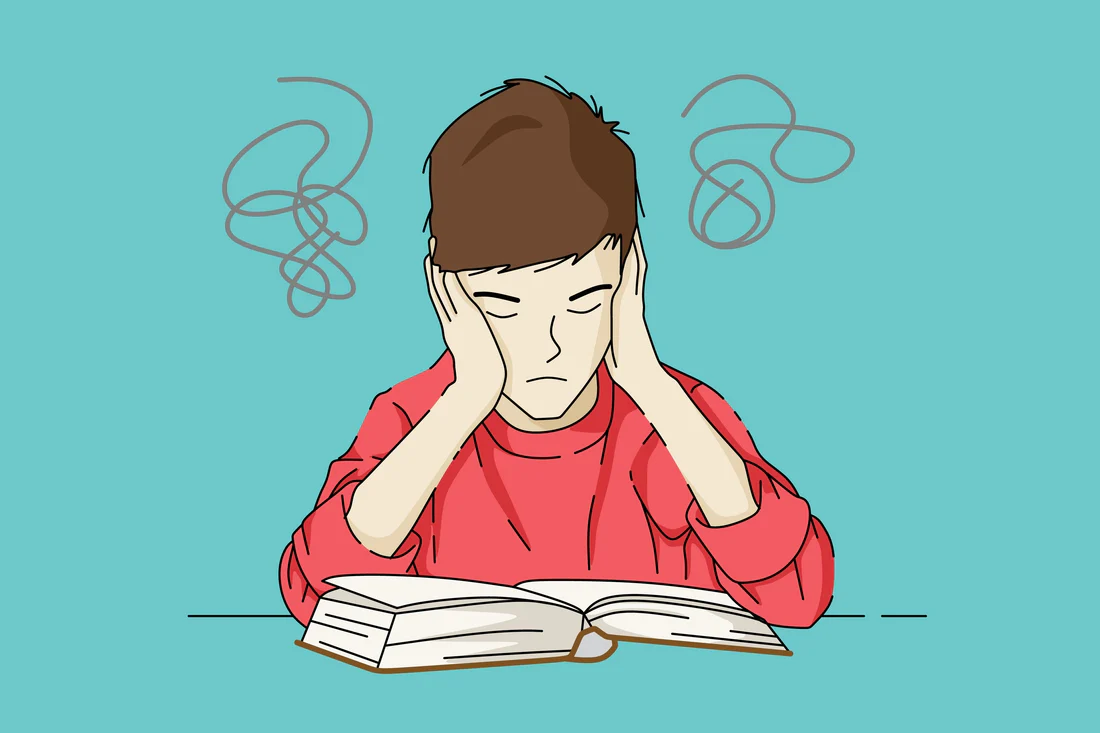Diagnosed with Social Anxiety
What to expect when diagnosed with Social Anxiety
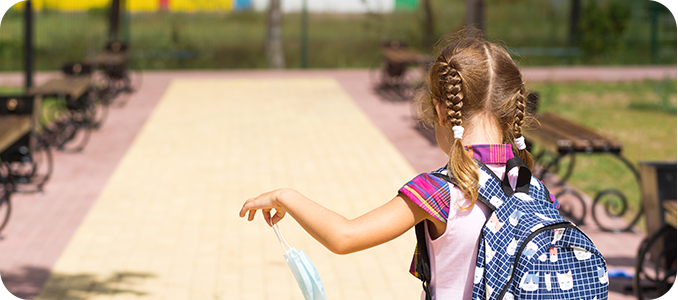

Know more about Social Anxiety
So your child shows signs of, or has been diagnosed with Social Anxiety Disorder…now what?
Getting a diagnosis can be very overwhelming, especially if you weren’t seeing signs that a diagnosis was needed. Social anxiety can sometimes be hard for parents and care providers to recognize as the child may feel more safe and confident with trusted adults; this resulting in difficulties with seeing signs of anxiety. Children may suppress their anxious feelings and therefore not have the needed strategies to work through their anxiety when necessary. Kids are complex human beings who are not always able to express what they need to or even understand what they are going through.
Now that you have a diagnosis for your child, it is important to work with your care provider and follow a support plan. Depending on your child’s unique needs, there are a variety of ways you can provide support. . A few examples include exposure therapy, CBT therapies, talk and play therapy. Some may be done with just the care provider, while others may require a specialist. It is important to continue to communicate with your support team about what is working and what may need adjusting. Just as your child grows and changes, the way you support your child may as well.
For instance, you may say something like, “We are visiting the therapist today because we learned that your brain looks at the world in a unique way. Your brain is working very hard to keep you safe and out of danger…and it has done a good job. Sometimes your brain is telling you that something is dangerous when it isn’t….like (give an example here that comes from your child) going to storytime at the library. Sometimes when things are new, your brain is worried you won’t be safe, and gives you an anxious feeling even when you are safe. So we need to work on understanding when situations are safe so you aren’t overwhelmed by these anxious feelings all the time. That must be exhausting!”
Can Mindfulness and Meditation Help With Social Anxiety?
Mindfulness and Meditation can be extremely helpful. Children who are working through anxiety can use mindfulness and meditation practices to regulate and calm themselves. Arming your child with some mindfulness techniques can help them work through those anxious moments.
Should I Tell My Child About Social Anxiety?
There are so many ways to support your child with a social anxiety diagnosis. Depending on the intensity of support, and your own child’s personality, you may have reservations about letting your child know that they have a diagnosis. If you are working with a therapist for social anxiety, seek out their support in facilitating a conversation, or age-appropriate language. Some children feel a sense of relief and validation in having a diagnosis, while for other children, a diagnosis may exacerbate their symptoms. If you aren’t sure what to do, don’t feel pressured to decide right away. You may want to gather more information from your doctor, care providers, and teachers and then decide.
How Do I Explain Social Anxiety to My Child?
If you do decide to tell your child about their diagnosis, be ready with how you want to explain their diagnosis and what next steps you are taking to support them through their anxious feelings. You may want to emphasize that having anxious feelings is something that most everyone experiences from time to time, and for your child, they are experiencing so frequently that it is keeping them from enjoying and/or participating with others.
For instance, you may say something like, “We are visiting the therapist today because we learned that your brain looks at the world in a unique way. Your brain is working very hard to keep you safe and out of danger…and it has done a good job. Sometimes your brain is telling you that something is dangerous when it isn’t….like (give an example here that comes from your child) going to storytime at the library. Sometimes when things are new, your brain is worried you won’t be safe, and gives you an anxious feeling even when you are safe. So we need to work on understanding when situations are safe so you aren’t overwhelmed by these anxious feelings all the time. That must be exhausting!”
What is Exposure Therapy?
Exposure therapy has been shown to be an effective tool to support children with social anxiety. This type of therapy takes a gentle approach to exposing your child to situations that may produce anxiety. For instance, if going to the park feels overwhelming because other kids may be present, walk through a plan. It may be as simple as walking by the park to begin with. Gradually, you may plan to go to the park for a set amount of time or do a certain activity. This might look like working with your child to go down the slide 5 times and then heading back home. As you expose the child, in small steps, to the situation that is causing them anxiety, they begin to use their coping strategies and feel less anxious each time. However, as with many things, this is not a linear progression. Your child may have some good experiences, and some challenging experiences. The important thing is to continue to make plans and keep them, with your child, as well as talk to your care provider about how things are going.
Can Mindfulness and Meditation Help With Social Anxiety?
Mindfulness and Meditation can be extremely helpful. Children who are working through anxiety can use mindfulness and meditation practices to regulate and calm themselves. Arming your child with some mindfulness techniques can help them work through those anxious moments.
Resources
There are countless resources. Two books that I have found very helpful are Anxious Kids, Anxious Parents by Reid Wilson and Lynn Lyons, and Under Pressure: Confronting the Epidemic of Stress and Anxiety in Girls by Lisa Damour. Although Under Pressure is written with girls in mind, it has great conversation starters and techniques that all children can benefit from, in addition to helpful guides for parents.
What are other parents reading?
Autumn brings an exciting opportunity to celebrate this colorful season with activities tailored for children with varying sensory profiles. Whether
Parents, educators, and therapists often face a perplexing challenge when trying to distinguish between Sensory Processing Disorder (SPD) and Attention
Dealing with autism meltdowns can be a challenging experience for caregivers, teachers, and those on the spectrum alike. A meltdown


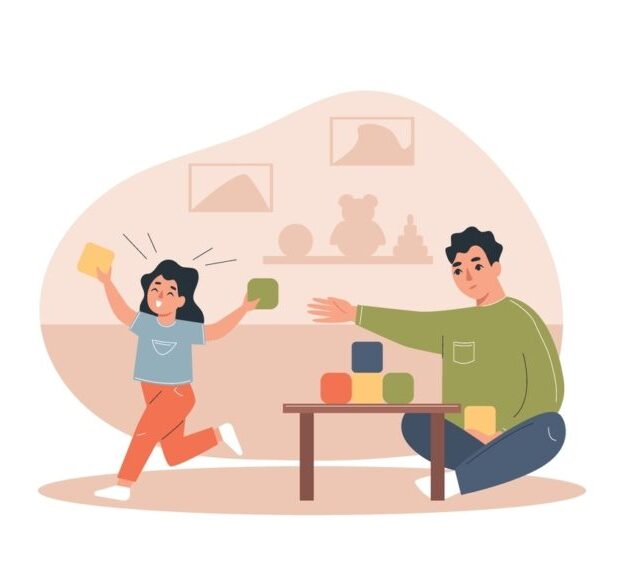


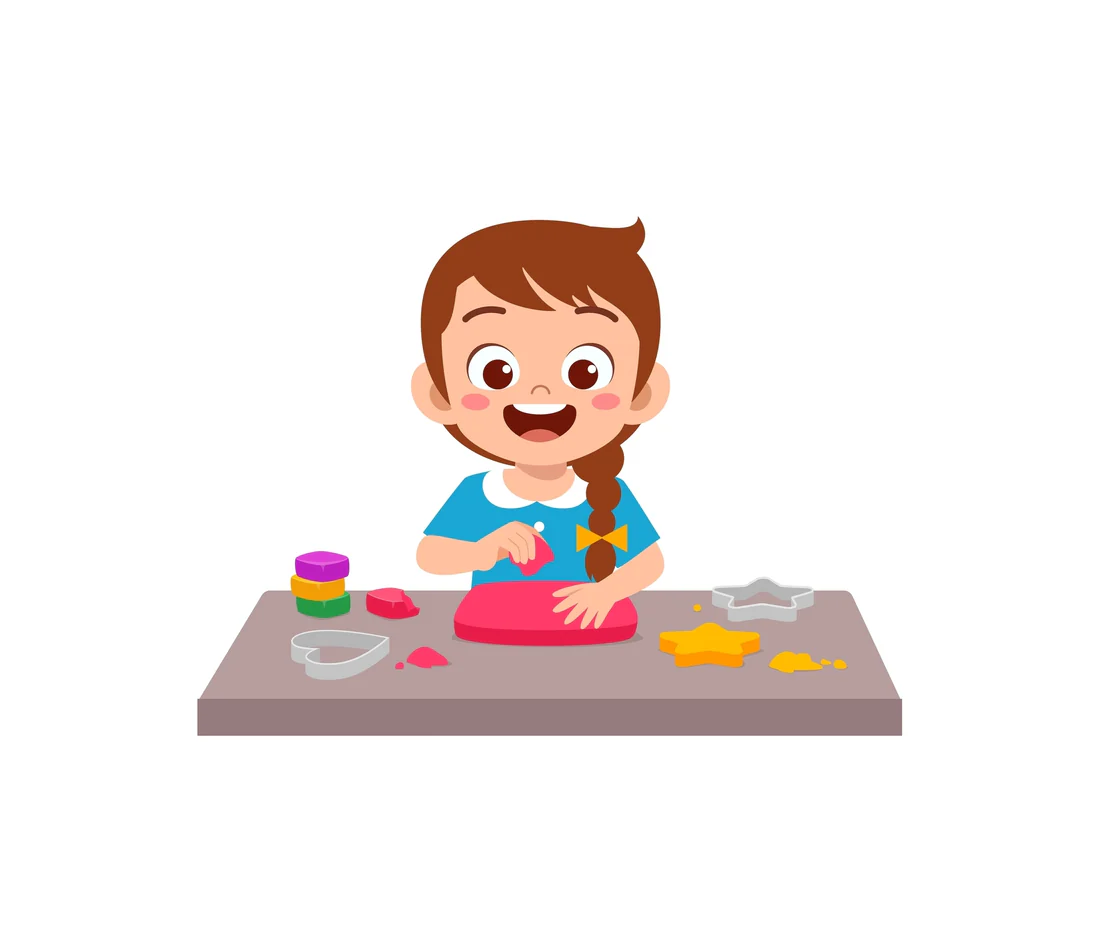
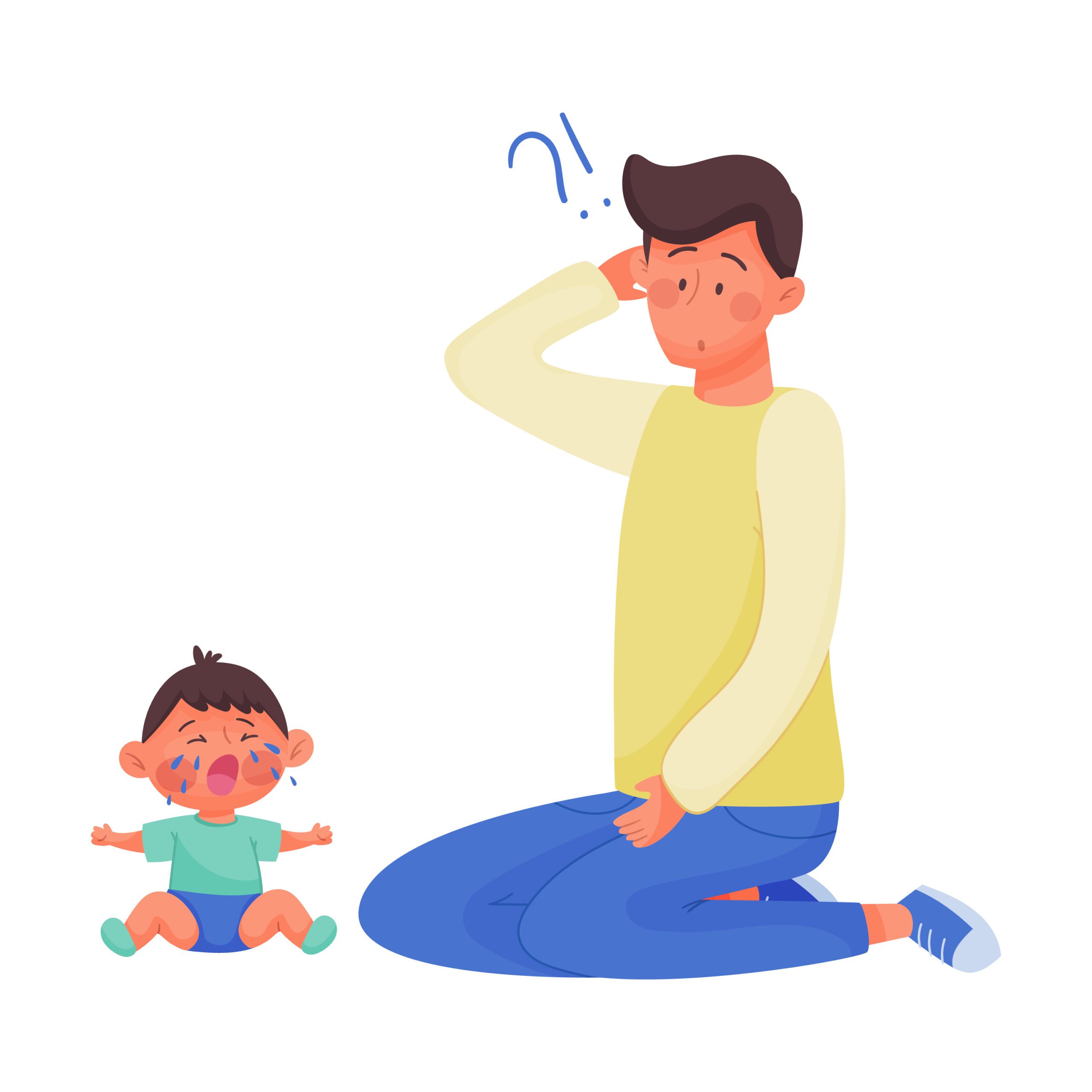




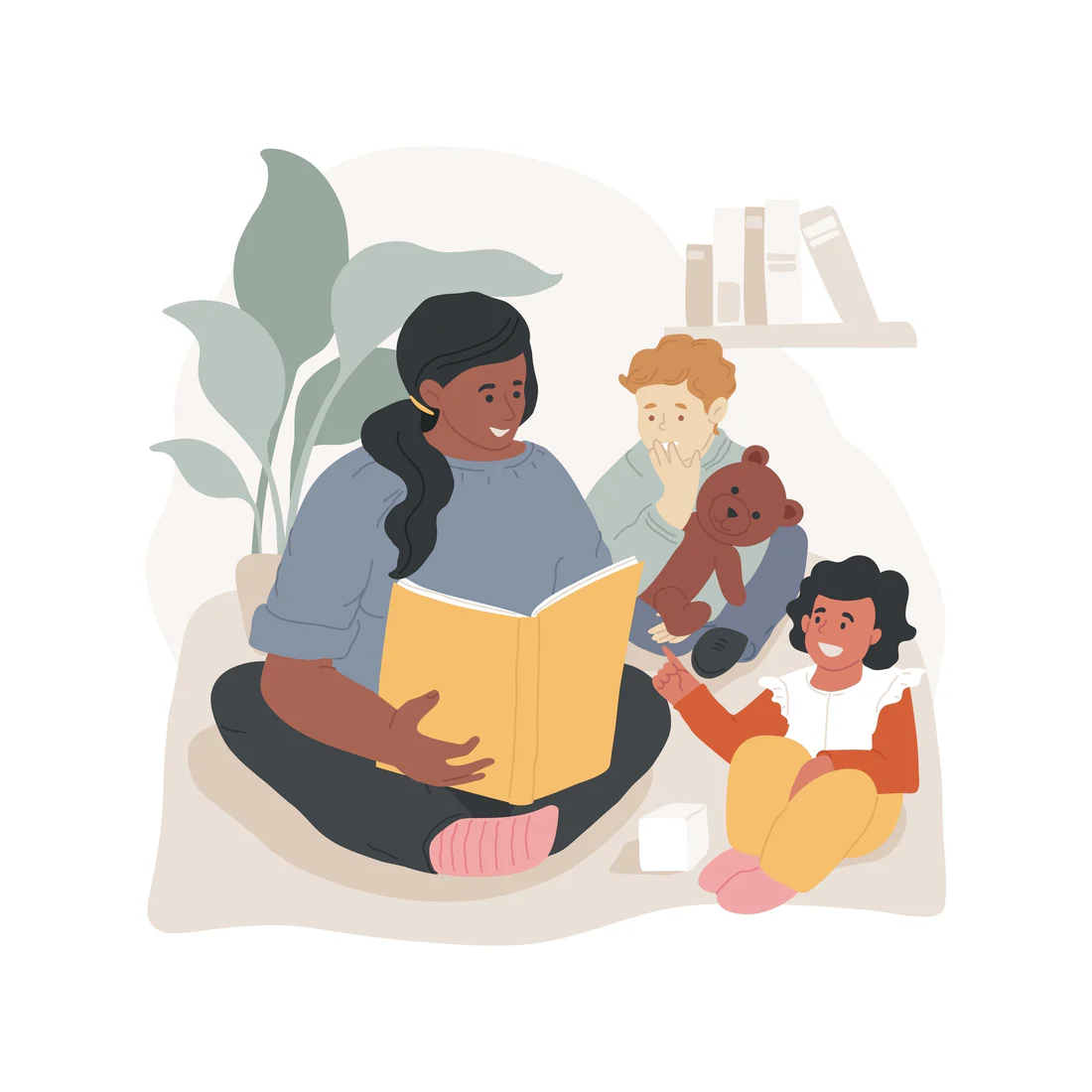
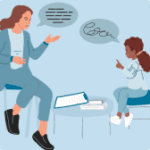 Speech Therapy
Speech Therapy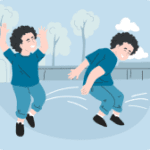 Physical Therapy
Physical Therapy Occupational Therapy
Occupational Therapy
